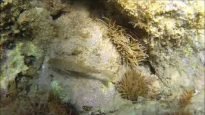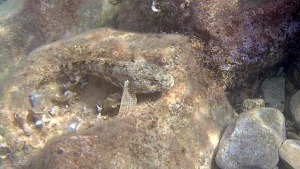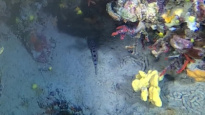Goby - Gobiidae
Anemone Goby - Gobius incognitus
Ghiozzo Testone - Gobius cobitis
Leopard-spotted goby - Thorogobius ephippiatus
Gobiidae is a family of bony fish in the order Gobiiformes, one of the largest fish families comprising more than 2,000 species in more than 200 genera, sometimes referred to as the “true gobies”.

Distribution and habitat
Gobiidae are spread all over the world in tropical and temperate near shore-marine, brackish, and freshwater environments. Their range extends from the Old World coral reefs to the seas of the New World, and includes the rivers and near-shore habitats of Europe and Asia. Gobies are generally bottom-dwellers. Although many live in burrows, a few species (e.g. in the genus Glossogobius) are true cavefish. On coral reefs, species of gobiids constitute 35% of the total number of fishes and 20% of the species diversity.
La maggioranza delle specie è adattata agli ambienti di fondo molle ma sono molto comuni anche tra gli scogli, nel coralligeno, nelle barriere coralline e tra le posidonie. Le specie dulcacquicole si rinvengono sia in acqua salmastra che nei laghi, nei fiumi e nei torrenti di media montagna.
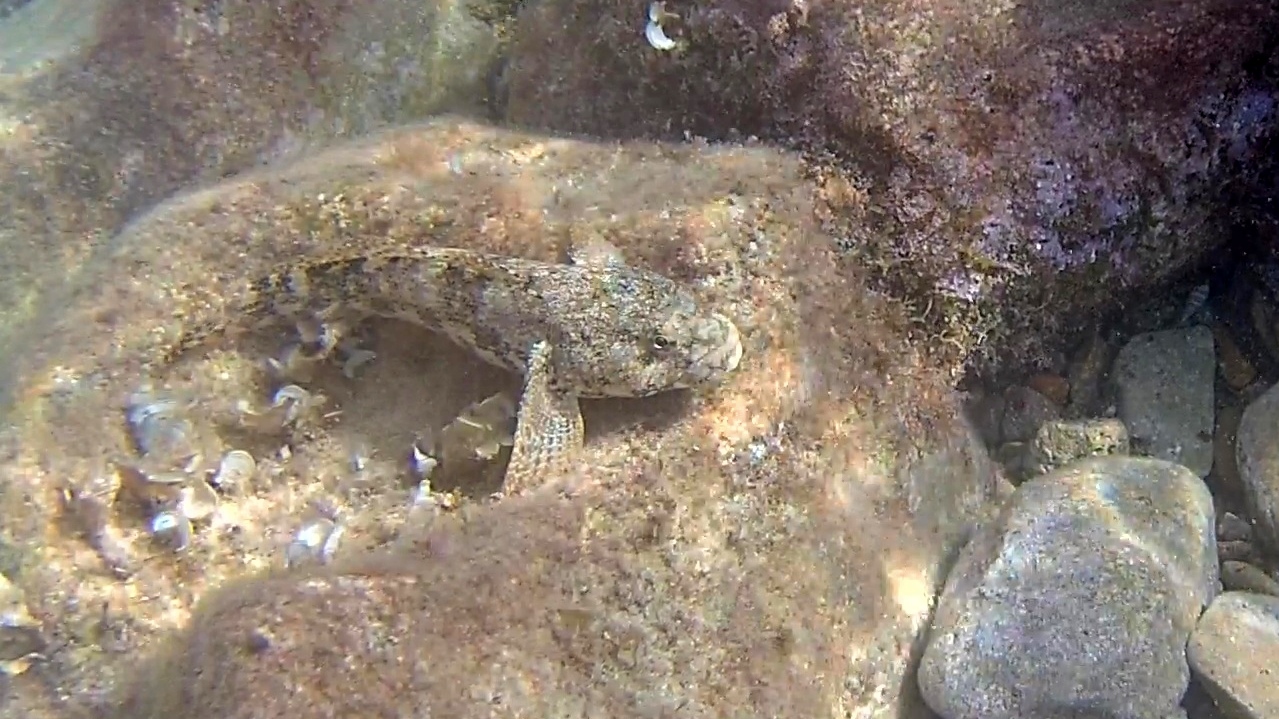
Description
The most distinctive aspects of gobiid morphology are the fused pelvic fins that form a disc-shaped sucker. This sucker is functionally analogous to the dorsal fin sucker possessed by the remoras or the pelvic fin sucker of the lumpsuckers, but is anatomically distinct; these similarities are the product of convergent evolution. The species in this family can often be seen using the sucker to adhere to rocks and corals, and in aquariums they will stick to glass walls of the tank, as well.
Reproduction
Most species in the Gobiidae attach their eggs to a substrate, such as vegetation, coral, or a rock surface. They lay from five to a few thousand eggs, depending on the species. After fertilizing the eggs, the male guards the eggs from predators and keep them free from detritus. The male fans the eggs, thereby providing them with oxygen. The female maintains the burrow. The eggs hatch after a few days. The larvae are born transparent, and they develop coloration after spreading to find a suitable habitat. The larvae of many freshwater gobiid species are carried downstream to the brackish waters, or even to the sea. They return to fresh water weeks or months later.
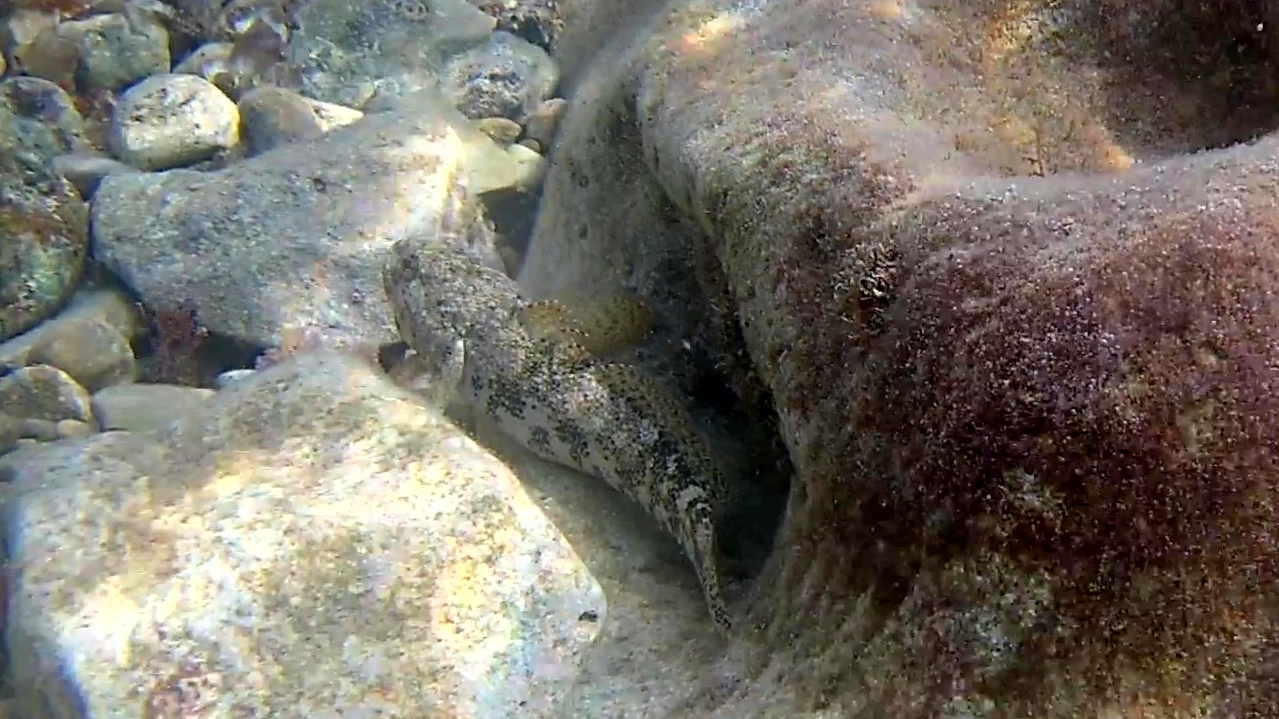
https://it.wikipedia.org/wiki/Gobiidae

